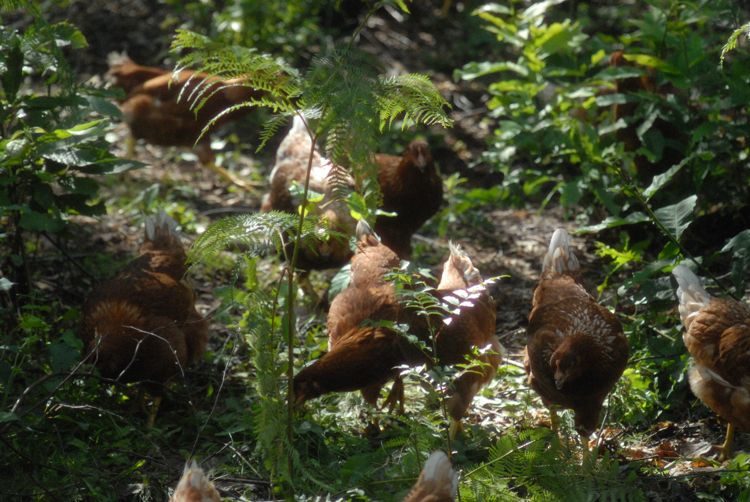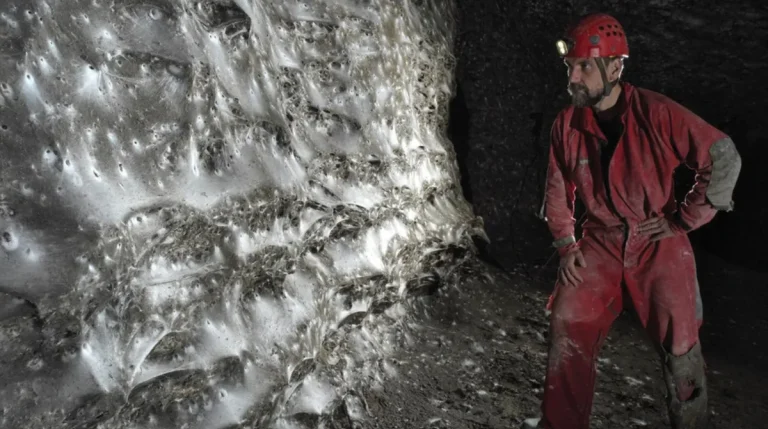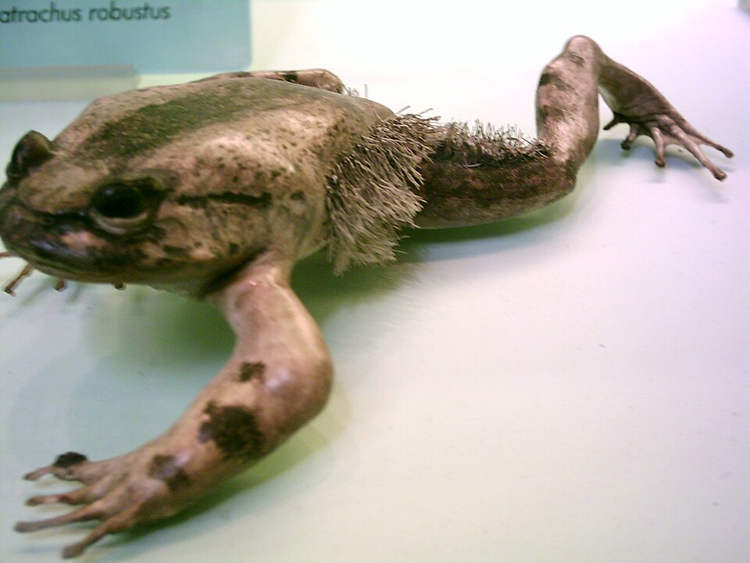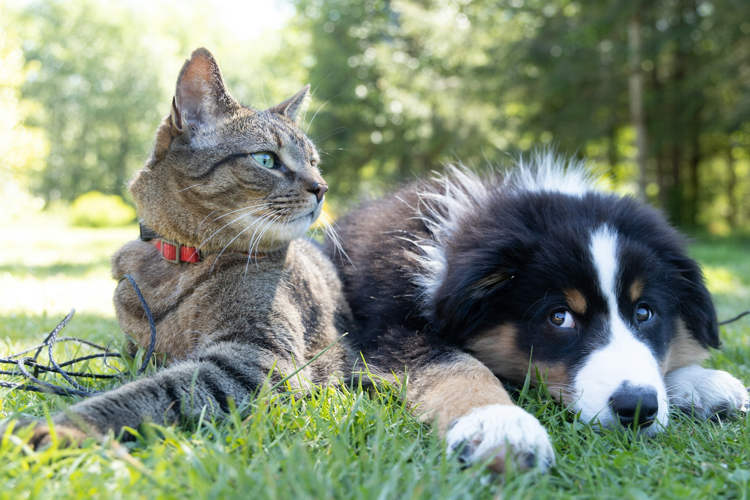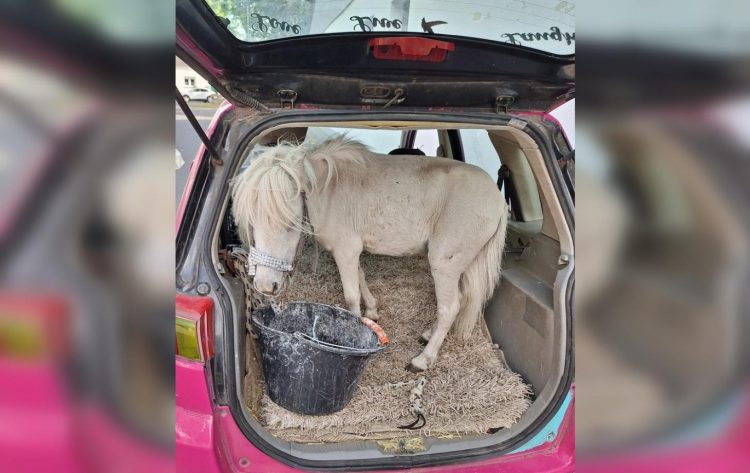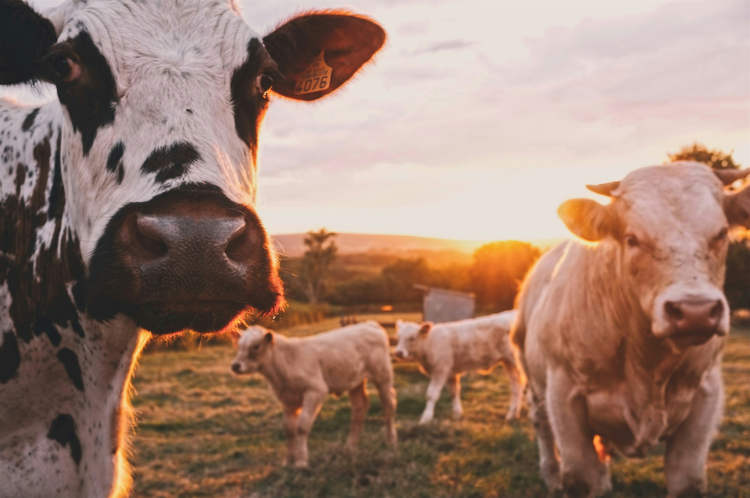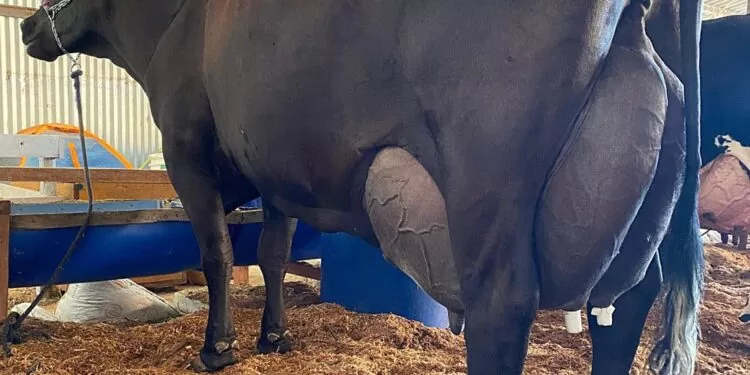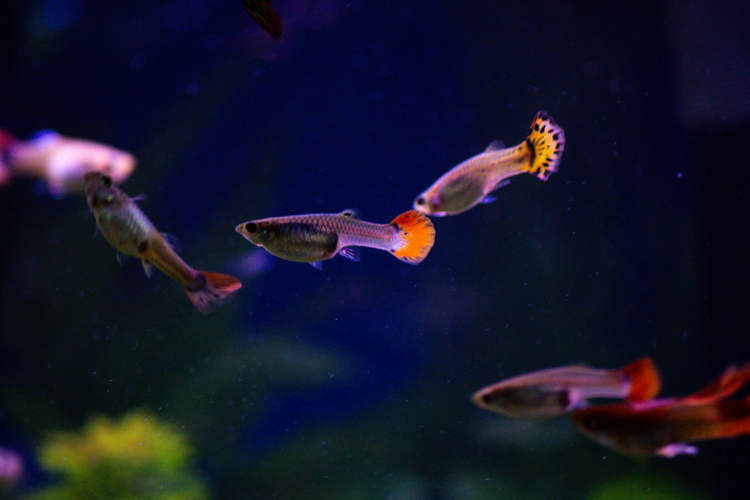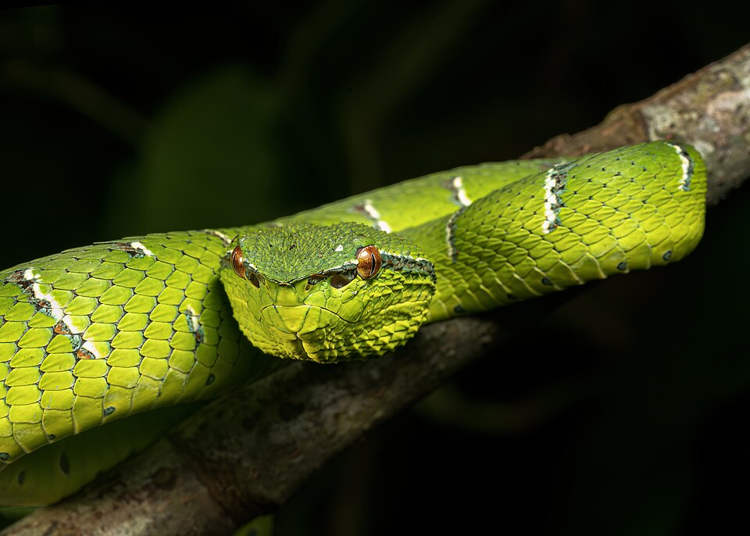Most chicken farms nowadays consists of hangar-like facilities where chickens are cooped up by the thousands with hardly enough space to move around and, in some cases, no sunlight. It’s sad, but it’s also the only way food corporations can keep up with the increasing demand for cheap meat and eggs. However, one farmer in northern Italy runs a very different type of poultry farm – he is raising over 2,000 chickens in a patch of pristine Alpine forest.
48-year-old Massimo Rapella claims he became a chicken farmer by accident. He and his wife used to run an education NGO in the town of Sandrio, in northern Italy’s Valtellina valley, but when the 2008 financial crisis hit and the Italian government cut funding for social enterprises, they decided to move to the nearby mountains. They got a few chickens to provide eggs for their own consumption and soon noticed something interesting. The domesticated birds loved venturing into the nearby chestnut forest, but instead of building a fence to prevent them from doing so, the Rapellas actually encouraged this behavior. Today, they own around 2,100 chickens who spend their days rummaging and laying eggs in a 2-hectare patch of Alpine chestnut forest.
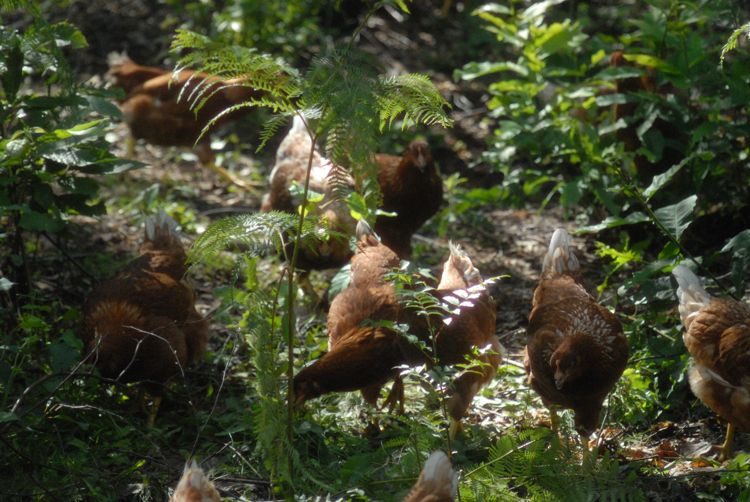
Photo: Massimo Rapella/Uovo di Selva
The ancestor of the most common chicken species, Gallus gallus domesticus, was the red jungle fowl, a wild-roaming bird. It foraged through forests for food and warded off predators, but today’s chickens are not at all used to the wild, something Rapella noticed early on.
“The first large batch of chickens I took in looked very lost,” the farmer told Atlas Obscura. “They had never seen a tree nor a bug in their life, and they were scared of snow.”
Even when allowed the freedom to move around as they pleased, Rapella’s chickens preferred to hang around outside their coops, until one day, when one of the hens ventured deep into the forest. The other chickens followed it in, and one month later they had already made the woods their home. They started feeding on leaves, chestnuts, worms and bugs, and found natural nests to lay their eggs.
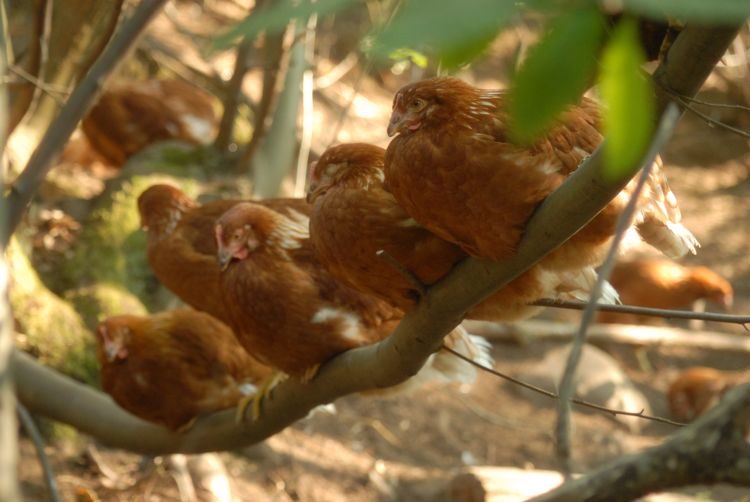
Photo: Massimo Rapella/Uovo di Selva
It didn’t take Massimo Rapella too long to notice the positive effects life in the wild had on his chickens. They looked healthier – had shinier feathers and brightly-colored wattles – and their eggs had a richer taste. That’s when he came up with the idea of selling his now famous “uovo di selva” 0r “egg of the woods” to direct consumers and restaurants.
“I started wondering if I could take on more chickens and create an ‘Alpine egg’ to sell in local markets,” the farmer said. He had started out with just four chickens, but by 2013 he already had 700 of them, and there are now about 2,100 living in his mountainous forest. He gathers about 1,300 eggs from them every morning.
You would think that looking for chicken eggs in a forest is a challenging endeavour, but Rapella says that it’s not as difficult as it sounds. Finding a nest for the first time is trickier, but he and his two employees know that when a chicken finds a good egg-laying spot, it’ll most likely come back to it the next day, which makes egg gathering a lot easier.
Egg production varies on season and the bird’s mood. The happier they are, the less eggs they produce, which doesn’t bother Massimo Rapella one bit. He is not looking to maximize production as he only sells directly to locals and local restaurants. His uovo di selva is coveted by Michelin-star restaurants all over Italy, but he refuses to ship to all but local ones. Not only because the eggs are inextricably linked to this area of the country, but also because the farmer doesn’t want to waste tons of paper and cardboard by shipping them every day. He either delivers the eggs personally within 24 hours after picking them from the forest, or customers come straight to his farm to pick them up.
“They are never the same,” Massimo says about his eggs of the woods. “They change with the wood, the climate, because the hens are fed only with undergrowth and organic grains. In winter, they are smaller, sometimes more colorful or watery.”
However, those who have tasted the eggs that these forest chickens lay can attest to their quality. The yolk has a richer taste and the egg white has a higher protein content due to the bird’s diet and can be whipped to three times the volume of a standard chicken egg.
The only problem Massimo Rapella has had to deal with was predators. Chickens can’t fly up tree branches to escape the badgers, foxes and buzzards that live in the forests of Valtellina valley, so he had to close his patch of the woods with a double fence and bring in two trained Maremma sheepdogs to keep the chickens safe.
Although Rapella has been asked to replicate his forest farm elsewhere, he has so far refused, saying that the success of his endeavour is closely linked to the very land it exists on.
“My eggs were born out of this forest here in Valtellina,” the farmer said. “It would never be the same elsewhere.”

